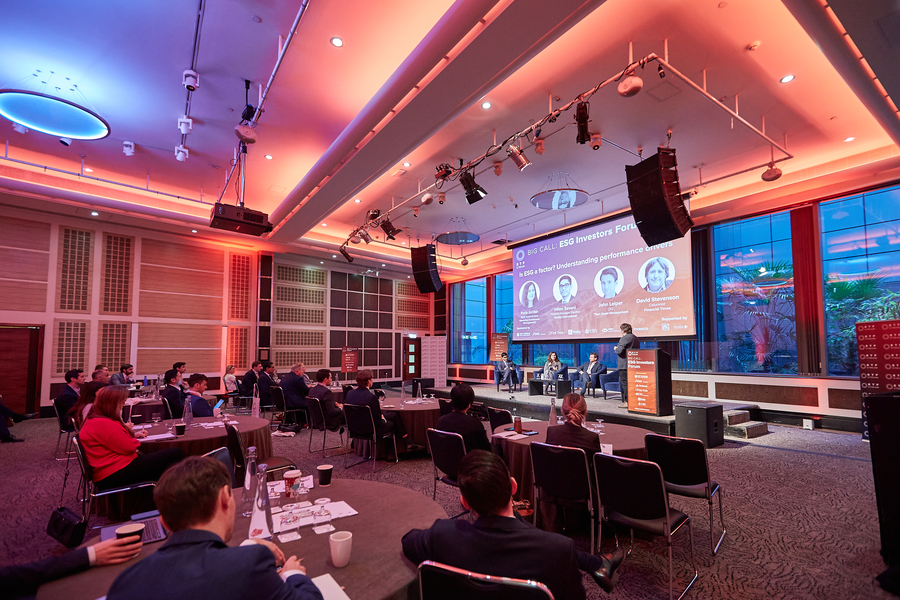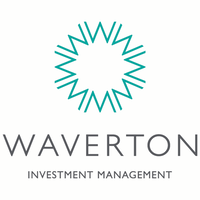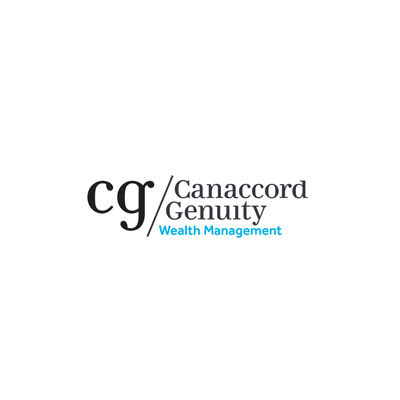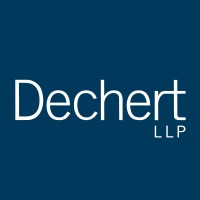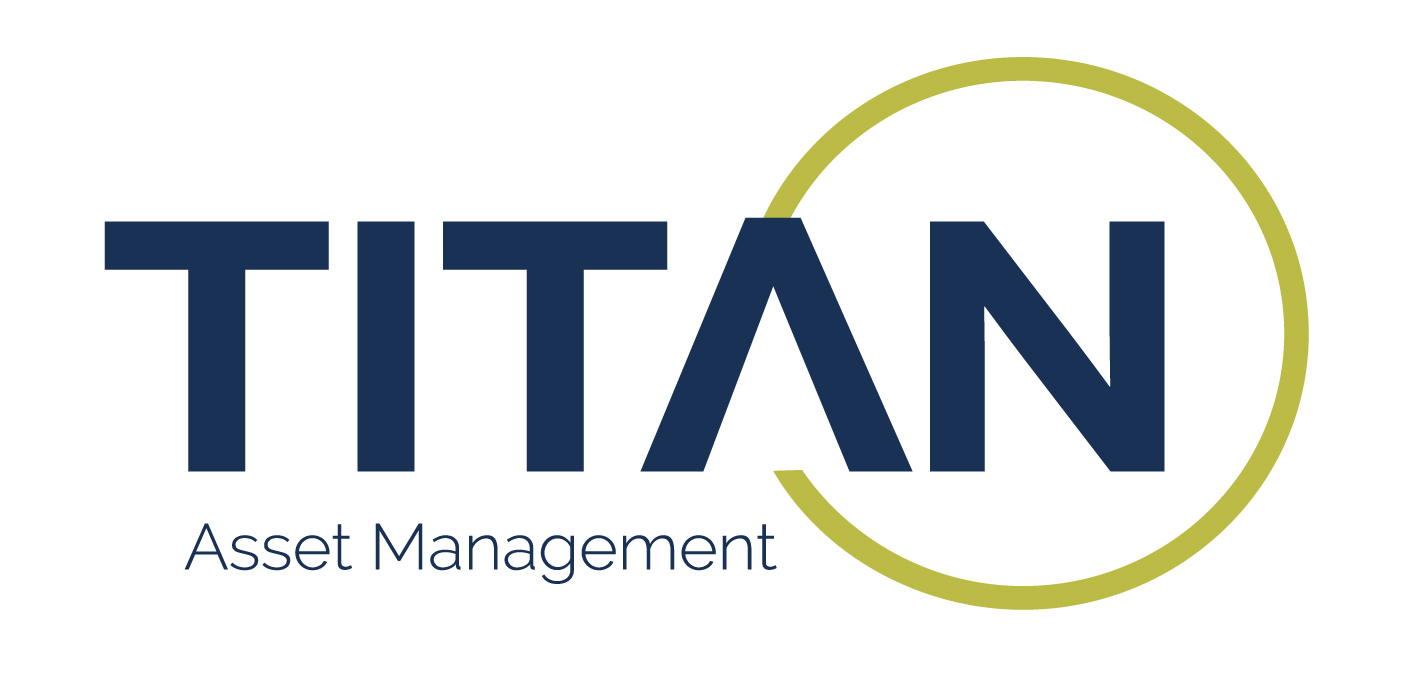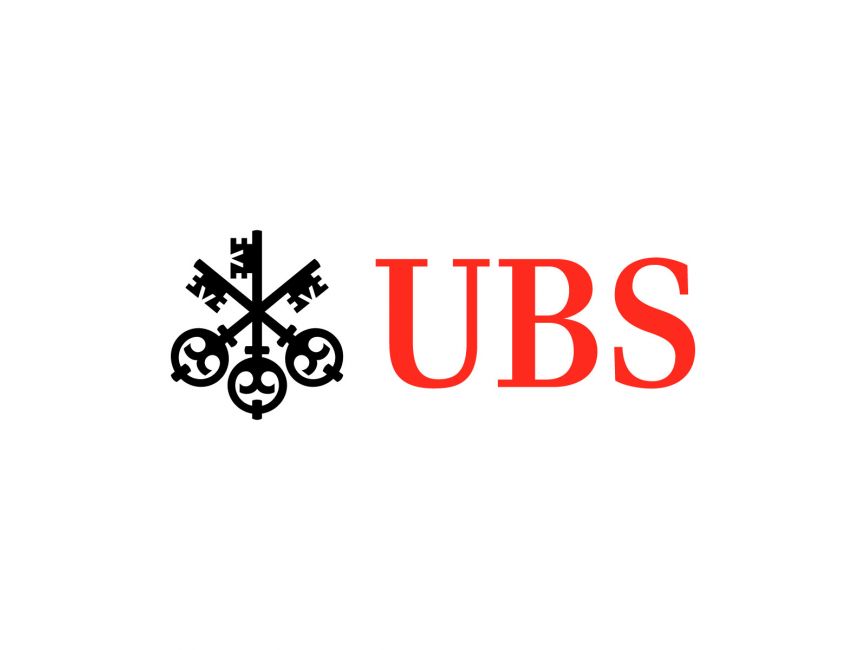As investors paused for breath in the aftermath of the COP26 Climate Summit in Glasgow earlier this month, attendees at ETF Stream’sBig Call: ESG Investors Forum event got a chance to reflect on the huge role asset management will play in helping the world transition to a low carbon economy.
ESG assets under management soared to $1.7trn at the end of 2020, and the event looked at what challenges this huge growth has presented investors, such as the need for more coherent data and global alignment of regulation in a bid to stamp out greenwashing, while attempting to dispel some of the myths that have come to shape how investors approach sustainable investing.
Outlining some of the important lessons learned in Glasgow, Beata Bienkowska, deputy research lead at the Transition Pathway Initiative, kicked off proceedings with an update on how companies are aligning to the 1.5°C and net-zero targets, but raised concerns around the potential for greenwashing due to poor measurement mechanisms.
The complex issue of data was also tackled by Vitali Kalesnik, head of research, Europe at Research Affiliates, in the first workshop of the day, who shared the findings of his research paper Green Data or Greenwashing? Do Corporate Carbon Emissions Data Enable Investors to Mitigate Climate Change?, analysing the role data third-party data providers play in helping investors assess low carbon companies.
It found there was no evidence these data providers could accurately predict future changes in emissions, and questioned their ability to find “green companies in brown sectors”.
“The logic that goes into calculating this data are flawed. Investors need data providers to look at the actual investments firms drill in to. That could be their different types of the firms’ facilities and what emissions are associated with these types of investments,” Kalesnik said.
The ambiguities of being able to define ESG were also picked up in the subsequent panel, who were discussing whether ESG can be defined as a factor, much like value or volatility.
John Leiper (pictured right), CIO at Titan Asset Management, said ESG could be considered more of a theme, and that it does not hold a long enough track record or a clear enough definition to be considered a factor.
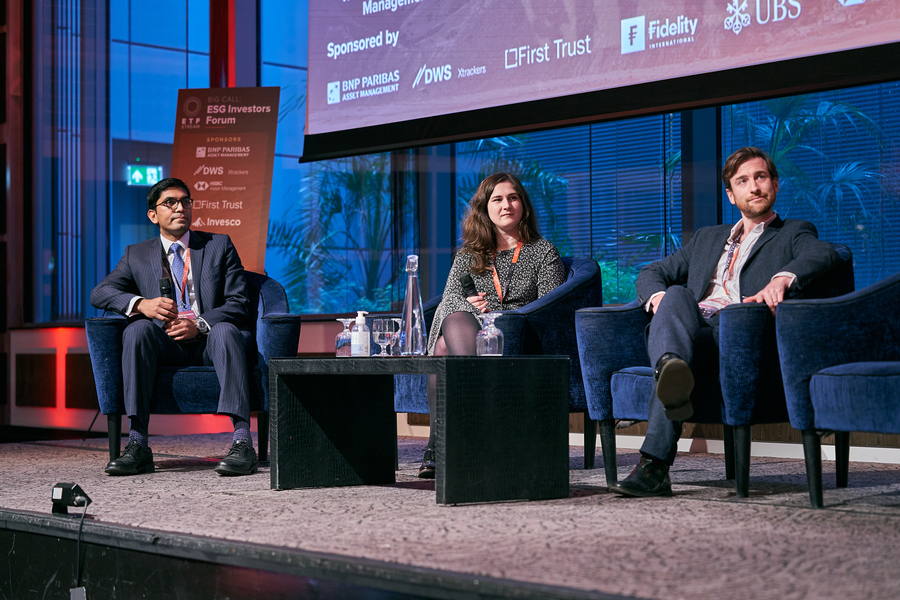
However, Paris Jordan (pictured centre), multi-asset analyst at Waverton Investment Management, argued this will change as the space evolves: “It might be a factor that is not static. I have started to see that, with the product availability in the market, there are some ESG value ETFs.”
Hiten Savani (pictured left), portfolio manager for equities at Fidelity International, added it is not something that can so easily be defined as a factor, noting brokers and analysts have different ways of measuring value: “Everybody does it differently, and in that way, value is in the eye of the beholder. I think ESG to some extent has to be the same.”
Cutting through the noise
The age-old active versus passive debate is no more prevalent than in the ESG space, and our next panel discussed whether it is even possible to invest sustainably without being able to engage fully with the companies you own. Matt Brennan, head of investment management at AJ Bell, said a passive or rules-based ESG approach gives you a clear set of exclusion values.
However, Fred Kooij, CIO of Tribe Impact Capital, said that an ESG approach is not enough on its own and that it was important for it not to become a box-ticking exercise.
Gregg Guerin, senior product specialist at First Trust Global Portfolios, said it views ESG not as a driver of performance but as a mitigator of risk. He said through First Trust’s factor-based model of six rules including value, momentum, size, dividend yield, quality and low volatility it can “cut through a lot of the noise”.
In a bid to dispel some of the myths in ESG, Stuart Kirk, head of responsible investment at HSBC Asset Management, said investors need to sift through the “nonsense” in ESG to understand why your clients are investing and whether investment teams are integrating ESG factors as they say they are.
“Do your clients invest in ESG to boost risk adjusted returns? Or are people investing in ESG because they want to help the world or because they have sustainability-based outcomes that they want to achieve? Or a little bit of both.
“It sounds like an obvious question, but these two things get mixed up a lot, and the fact that they get conflated causes a lot of headaches.”
Brendan Ashe (pictured below), head of ETFs at HSBC, said there is always likely to be trade-offs in this situation.
In a panel discussing how ESG can be positioned in a multi-asset portfolio through an ETF, Ashe said: “If you are facing particular questions around sector concentration or volatility, you need to decide whether your future expected returns or ESG strategy is more important.”

Christopher Mellor, head of EMEA ETF equity and commodity product management at Invesco, added that this ultimately depends on what the client wants: "If they don't want oil and gas then owning Shell doesn't help, but I don't think we will get to the climate solution that we want without engaging with those companies and driving them to make change."
One way of determining this, according to Ciara O’Leary, partner at Dechert, is by using the Sustainable Finance Disclosure Regulations (SFDR) to determine what your investors are hoping to achieve through their investments.
“You need to know what your investors care about in terms of Articles 6, 8 and 9, how sophisticated they are, their understanding of the reporting of the data themselves and how alive the data issues are,” she said.
The regulation has come under criticism from Sandro Pierri, CEO of BNP Paribas Asset Management, who said that different interpretations of the rules could increase the risk of greenwashing and create “confusion risk” for investors.
Speaking on a panel looking at the impact of climate ETFs, Isabelle Bourcier, head of quantitative and index at BNP Paribas Asset Management, said the Paris Aligned Benchmark (PAB) and the Climate Transition Benchmark (CTB) are much more precise in terms of their objectives than SFDR.
Patrick Thomas, head of ESG investments at Canaccord Genuity Wealth Management, added: “SFDR is a useful toolkit in terms of shifting capital from an old way of investing to a way that is actively invested in climate solutions.
“It is not perfect, but if you use it as a framework to pick ETFs, investors will get where they need to go.”
Room for innovation
An area that SFDR has not cleared up is the ability for ESG ETFs to be part of securities lending programmes. James McManus, CIO of Nutmeg, said it plays an important role in the ESG ecosystem due to its price discovery role, but that SFDR has provided no clear red or green light on whether investors can do so.
One area that has seen growth and innovation in the ESG space recently is fixed income. Having lagged far behind equities in its uptake in ESG, fixed income ETFs have made up considerable ground throughout 2021. The asset class pulled in €13.4bn as at the end of August, versus €12.2bn for vanilla strategies, according to data from Bloomberg Intelligence.
However, it still faces significant challenges, particularly in the sovereign space. Andrew Walsh, head of ETF and index fund sales at UBS Asset Management, highlighted issues rating individual countries: “Because the US has the death penalty in some states, does that mean it should be excluded from the global benchmark?”
In an audience poll, which asked whether it was possible to successfully integrate ESG and fixed income, 60% said it was, while 40% thought it was not possible.
Another area that needs some product innovation is the ‘social’ aspect of the ESG, according to Sebastian Schiele, head of passive mandate sales EMEA and APAC at DWS, who argued COVID-19 has placed the social pillar to the front and centre of investors’ minds.
He added DWS is working with index providers to “provide and create more bespoke and thematic benchmarks” that focus on the ‘S’ pillar.
